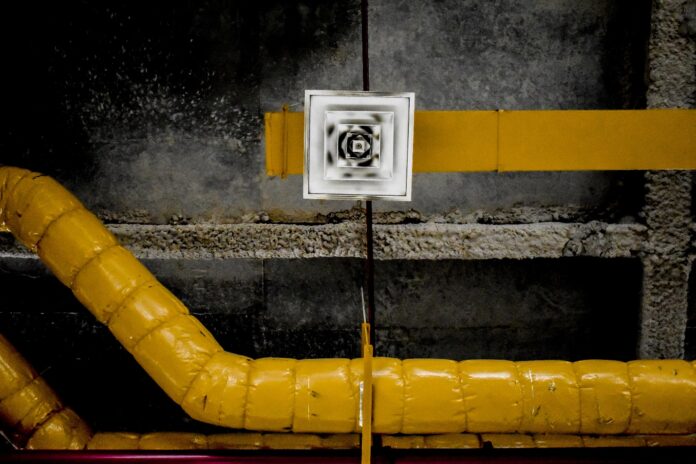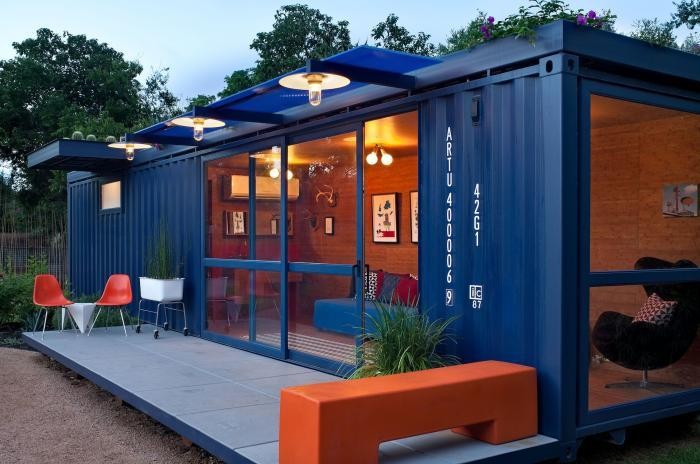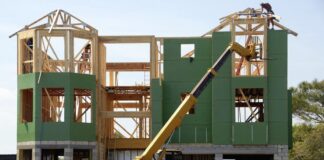Don’t we all dislike that winter cold? The cold during winter can cause a lot of discomforts. Therefore, it is essential to make sure that your furnace is up to the task of keeping your home warm. Do not wait till the cold season to start checking on your heating system. Schedule sometime before the season to check the condition of your furnace. This ensures it is in top-notch condition when you need it the most. When it comes to repairing the furnace, most professionals strongly advise against trying out DIY projects. The furnace system is quite complex; trying to fix it without any professional knowledge may be hazardous. However, you can carry out routine maintenance by yourself as a preventative measure. Here are some pointers on where to start;
Examine the Carbon Monoxide Detector
This should be the first step before you take on inspecting the furnace for safety purposes. Check the batteries and ensure the system is working in order. You can use the test button to see if the alarm is working. For more accuracy, you can buy a test kit, which contains carbon monoxide. The testing procedure involves exposing the alarm to high levels of CO and observe the functionality. Remember that carbon monoxide detectors sound the alarm after about thirty minutes of gas exposure.
Switch the Filters
Filters allow cold air into the ducts to undergo heating. They filter the air, which may leave out components like debris and dust. When this builds up over time, it may block the filters, which affects the flow of air. It may also cause stress to the heating unit since it has to work harder to bring in air for heating. When the filter is working insufficiently, dust may also builds up in the interior and the ductwork. The first step to check the size of the filter and the type. Turn off your furnace, then mark the airflow direction indicated in the old filter. Purchase a new filter from the hardware store and install it according to the airflow. Installing a wrong-sized filter may damage the system.
Clean the Fins
On the side of your furnace system,there are some elements that look like a metal grill, called fins. They facilitate airflow and disperse the heat from the system. If dirt clogs the fins or becomes bent, it blocks airflow, which affects the system’s efficiency. To avoid this, you can clean the vent using a sprayer and a hose from the inside. For effectiveness, consider using a fin spray, which is available at numerous hardware stores. To straighten up the fins, you can use a fin comb. There are countless instructional videos on the internet. However, if you are unable to do it, call in a technician. Do not risk destroying your furnace.
Check Your Thermostat
The thermostat defines the working condition of the furnace. If it fails, the whole system fails. Before the cold season, inspect your thermostat to ensure it’s working well. You can start by switching to heating temperatures. If the heat does not kick, take out the cover, and ensure the wire connections are okay. You can also take a look at the furnace fan, heat pump, or blower. If there are breaks in any wiring connection, you can unite the lines and use electrical tape to wrap them. To know whether the thermostat is working, set the temperature higher than the room temperature.
Also, replace the batteries to ensure your furnace continues working even when you experience a power outage. Blow out any dust or debris in the thermostat as it may affect its working. Checking the thermostat is primarily a troubleshooting undertaking. When you notice significant issues, call in a professional. If you are using an old thermostat, upgrade.
Upgrade the Thermostat
Old thermostats have a higher chance of malfunctioning. A thermostat loses its effectiveness over time, which may cause problems in operation. You could experience issues in setting the temperatures, especially if you have a manual thermostat. It is advisable to switch to a new smart thermostat. When you have a smart thermostat, you can change the temperature from any location as you can access it through your phone or tablet. Smart thermostats have artificial intelligence ability. Once you change the temperatures a couple of times, it learns your home’s rhythms and adapts. You also get alerts for maintenance activities such as changing the filter.
Clear the Pipe
To reduce the amount of fuel used, most modern furnaces use an external pipe for air supply. This enables the system to use less power and produces more heat, thus, energy efficiency. When the pipe blocks, this compromises the furnace’s efficiency and may also lead to carbon monoxide accumulation. Inspect the intake and exhaust pipes from the exterior side and ensure they do not have snow, insects, debris, ice, or any other item that may clog the system.
Do a Test Ride
Before the cold season sets in, start your furnace to see if the whole system is working correctly. Listen in for any noises as some of them are an indicator of problems. For example, thumping noises may indicate an imbalanced blower wheel or an out-of-date motor. Quelling noises may be a sign that the bearing needs oiling or the blower belt and blower motor are malfunctioning. However, there are harmless noises which you should also know. For example, there may be noise from the contracting and expanding of the ductwork. If you cannot troubleshoot the cause of the noise, call in a professional
The key to carrying out successful DIY maintenance routines is understanding when you need a professional furnace technician. Understand what furnace repair is beyond your ability. Moreover, it would be best if you focused mainly on maintenance. Having a furnace company or technician come in for regular checkups may be costly. Establish a good rapport with one company or professional, observe their routine, and learn how to do simple maintenance exercises. This will help you avoid emergencies with your furnace system, which may cost you more.




















